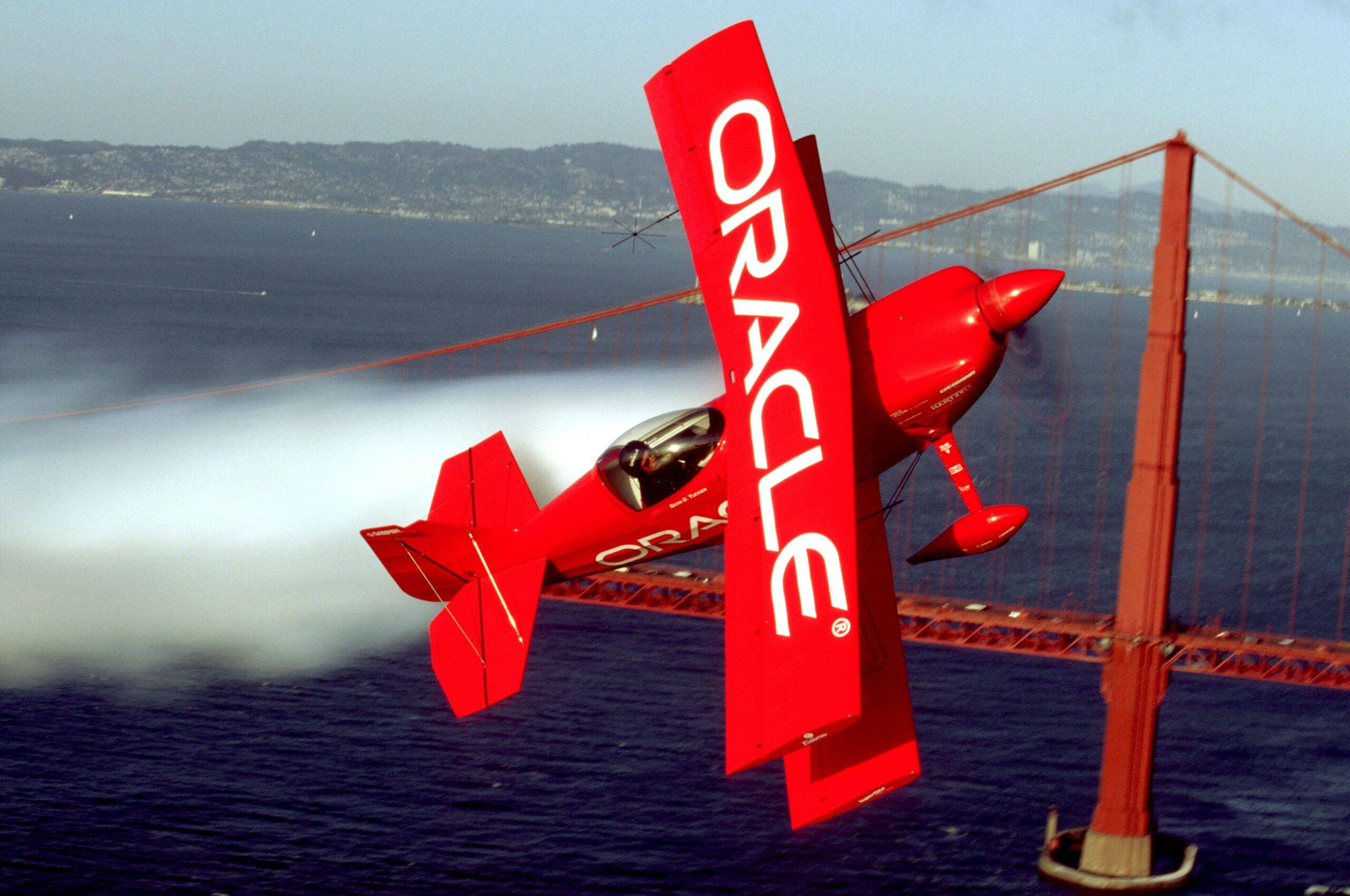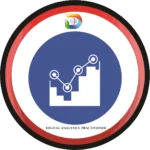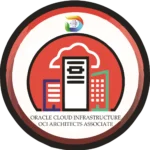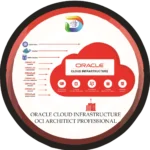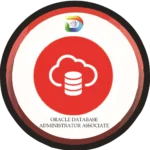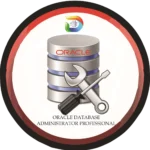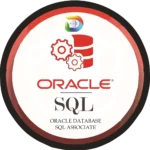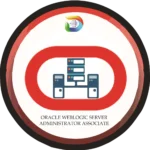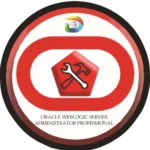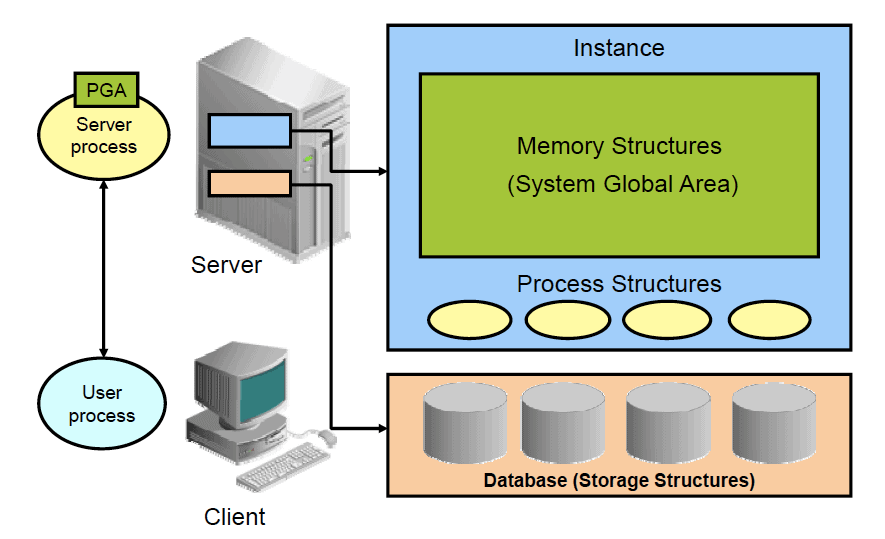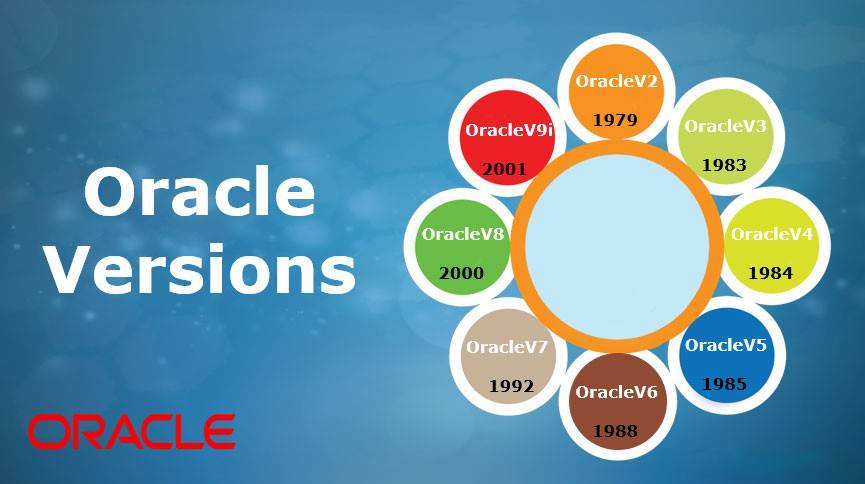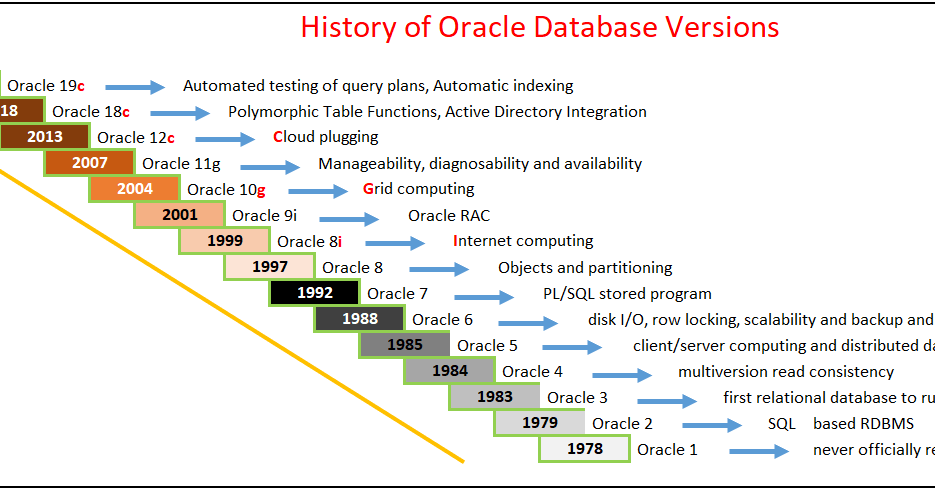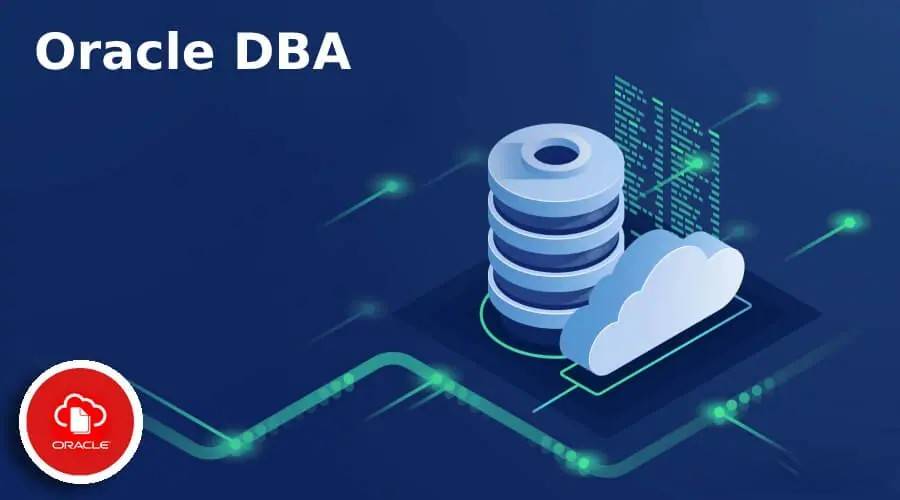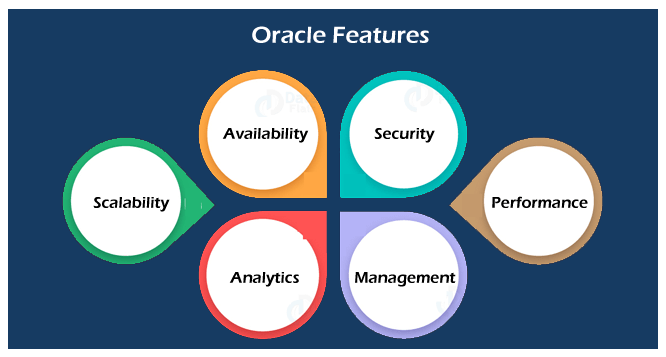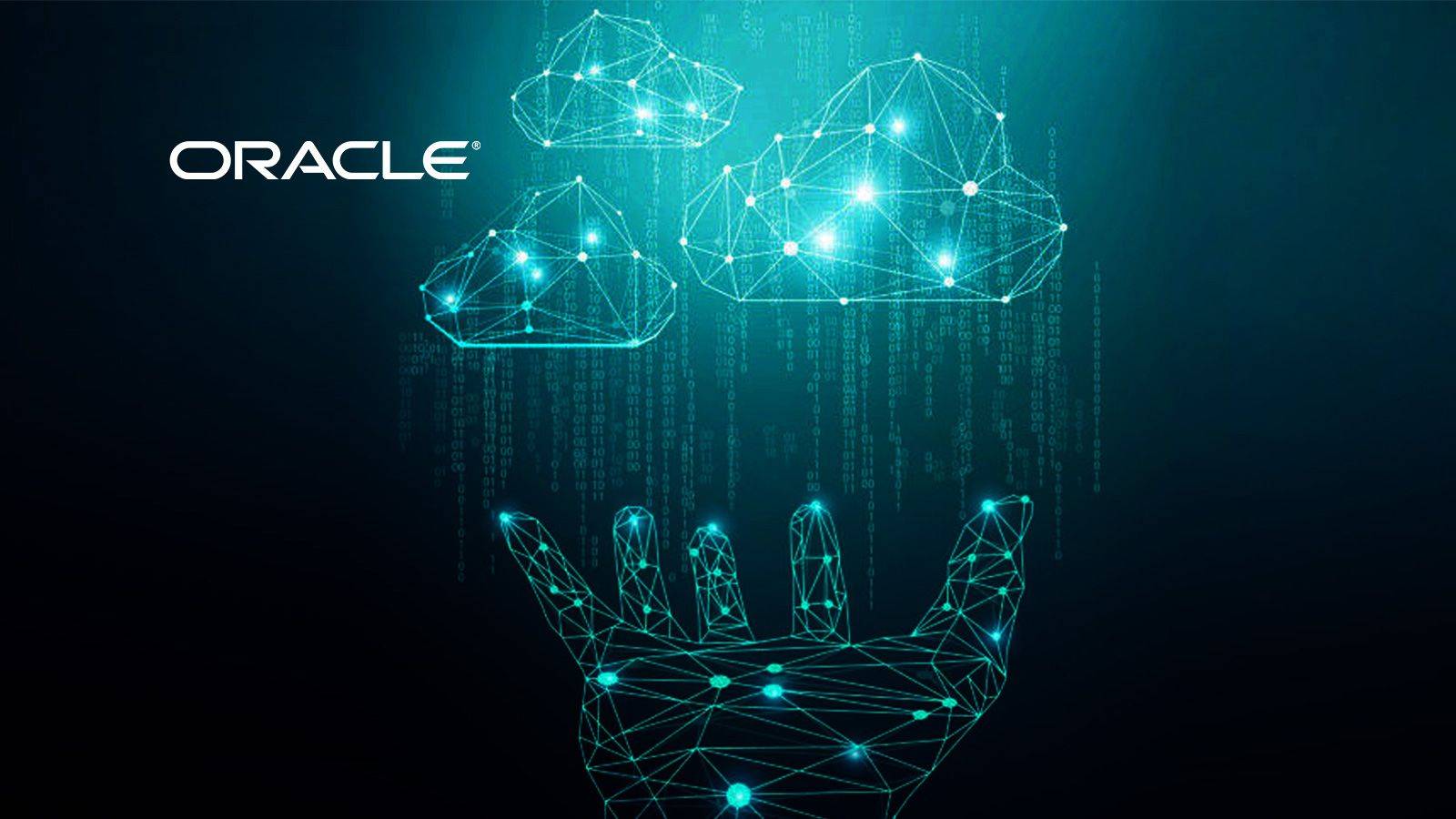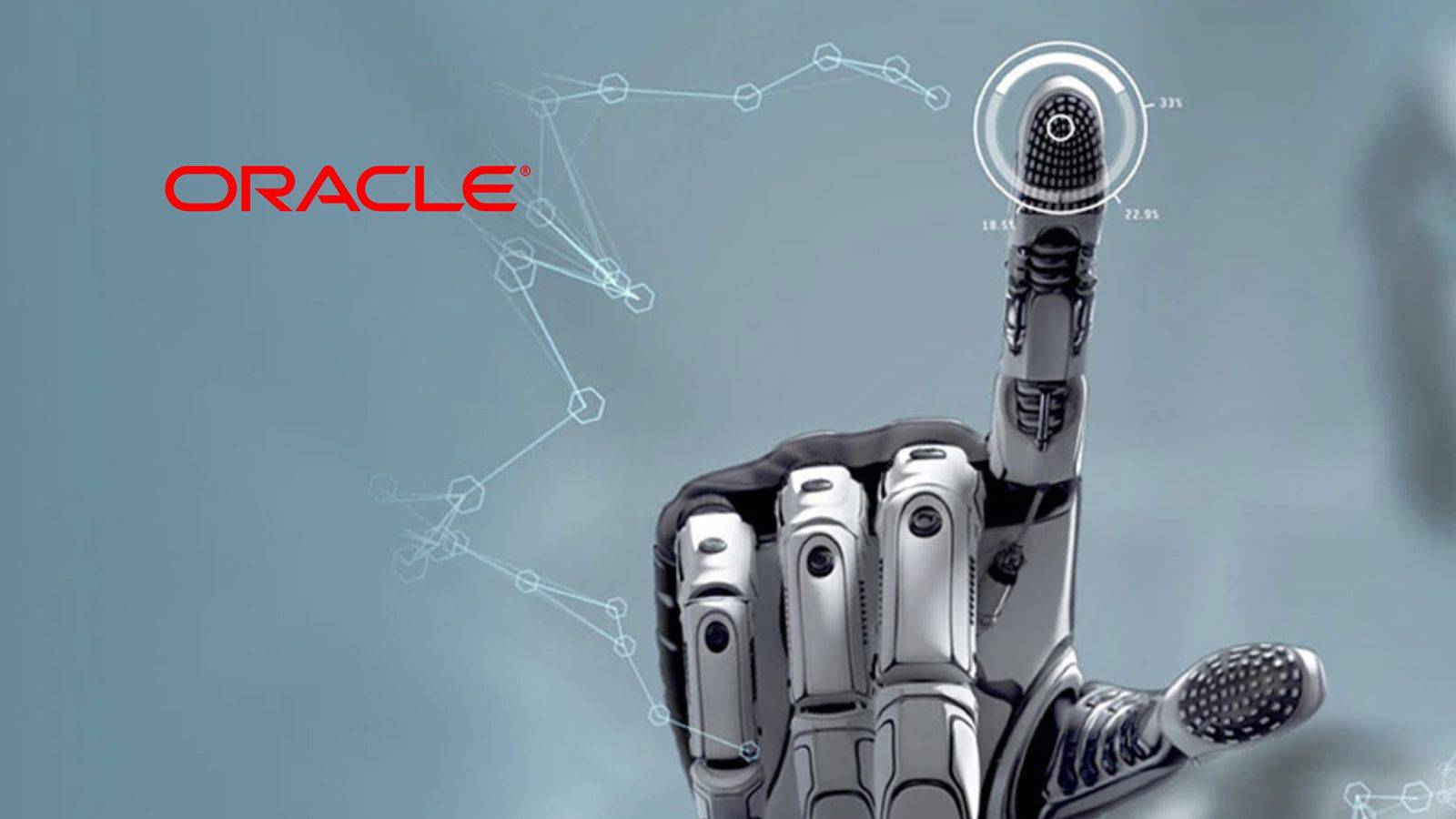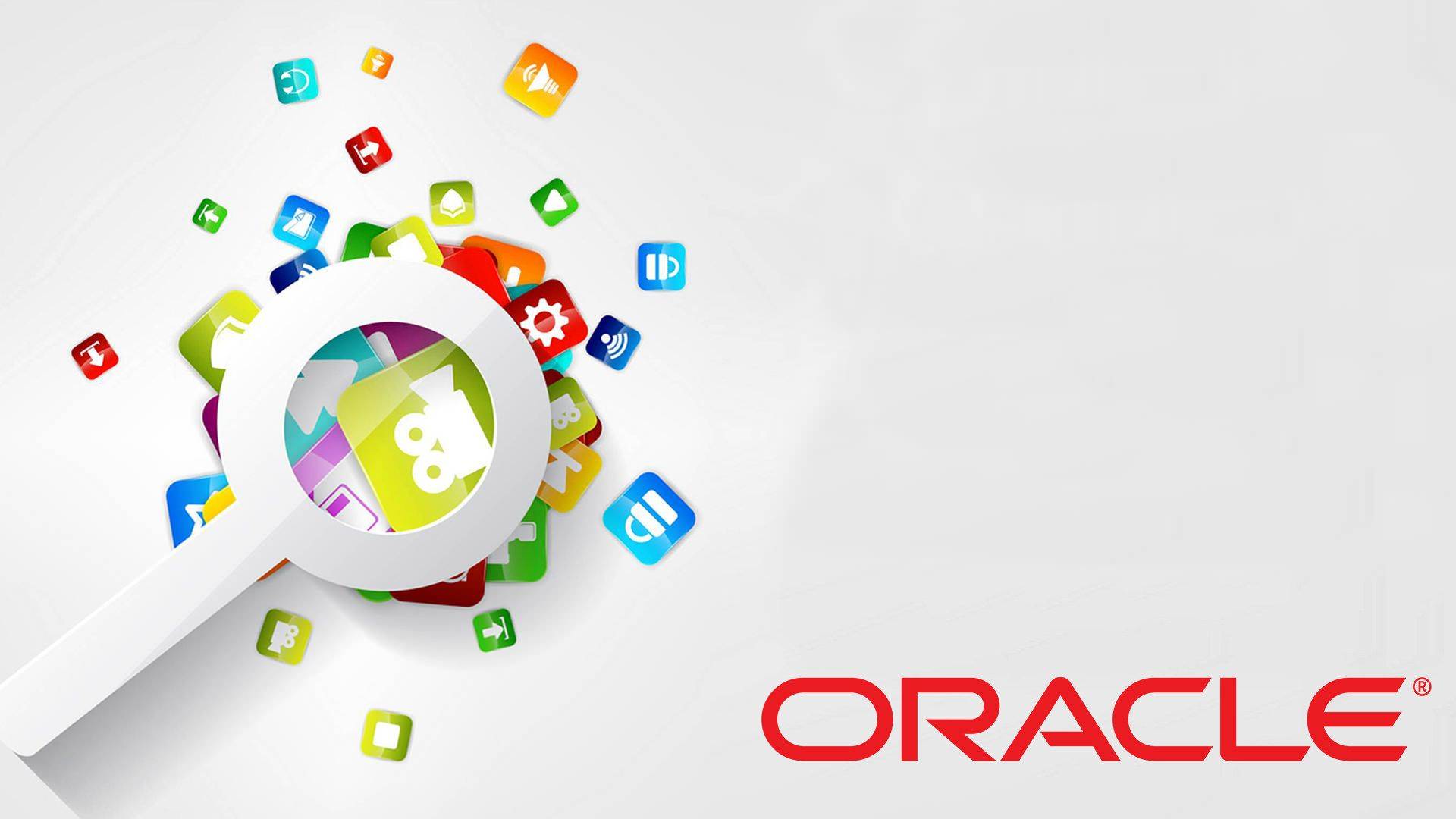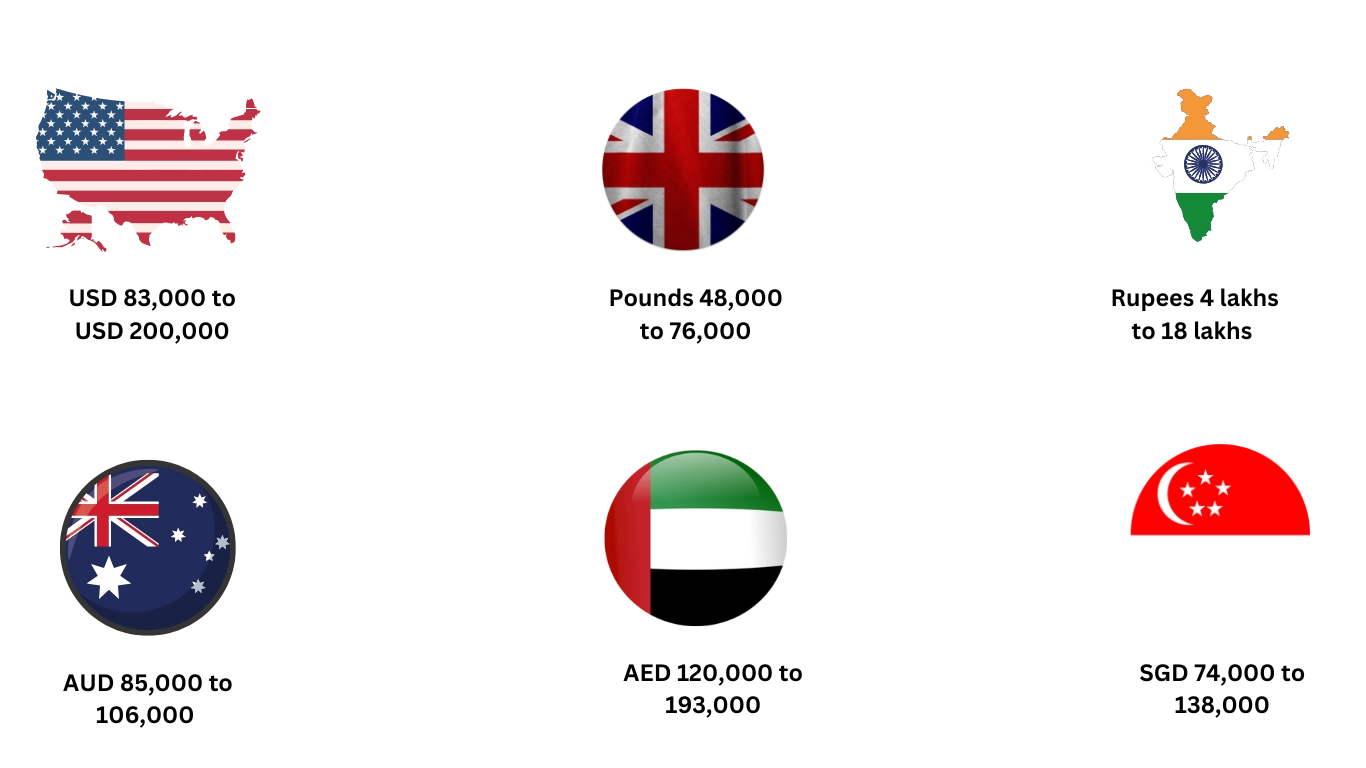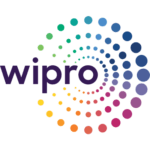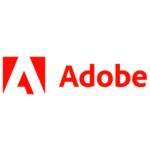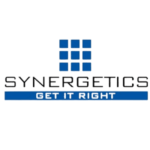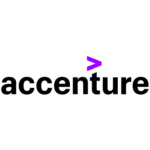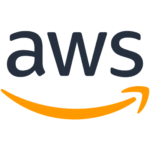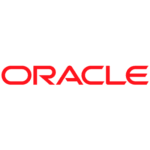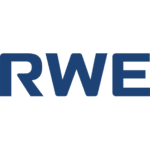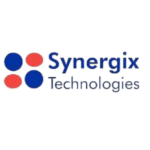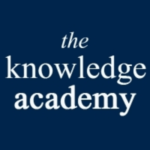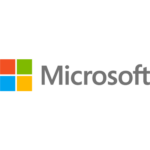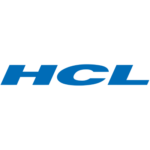What is Oracle
Oracle is one of the largest vendors in the enterprise IT market and the shorthand name of its flagship product, a relational database management system (RDBMS) that’s formally called Oracle Database. The database software sits at the center of many corporate IT environments, supporting a mix of transaction processing, business intelligence and analytics applications.
In 1979, Oracle Corp. was the first company to commercialize an RDBMS platform, and it’s still the leading database vendor by a wide margin in terms of revenue. Driven primarily by sales of Oracle Database, it had a 40.4% share of worldwide database software revenues in 2016, according to Gartner; that was down two percentage points from 2015, but still twice the share of second-place Microsoft.
In the ensuing decades after launching the RDBMS technology, Oracle greatly expanded its product portfolio through internal development and numerous acquisitions. It now also sells several other databases, multiple line of business applications, data analytics software, middleware, computer systems, data storage equipment, development tools and other technologies. In addition, Oracle is working to establish itself as a leading cloud computing vendor, after initially being slow to embrace the cloud.
But Oracle Database is still the technology that is most commonly associated with the company; it’s also the primary data management platform for Oracle’s applications and the data warehouse, BI and analytics systems that Oracle offers to customers.
